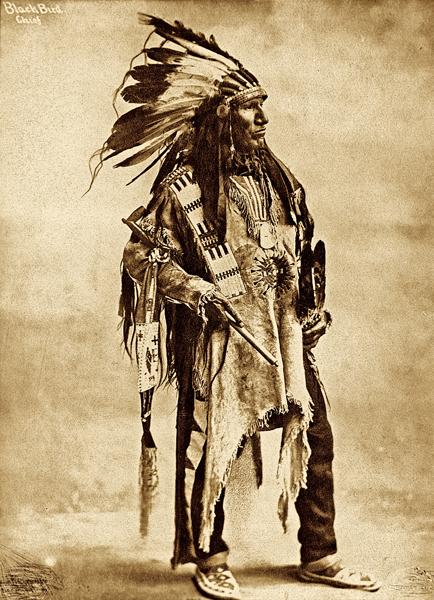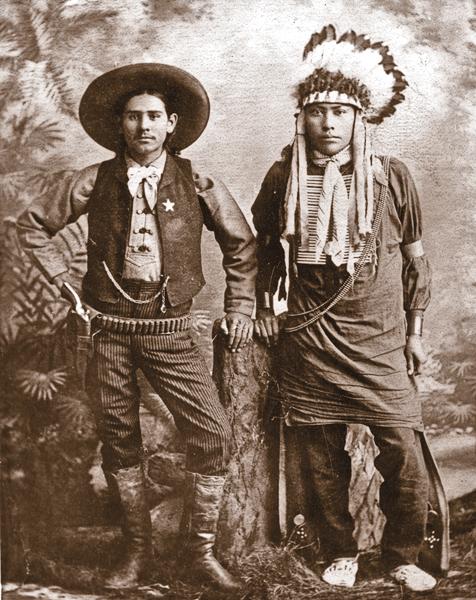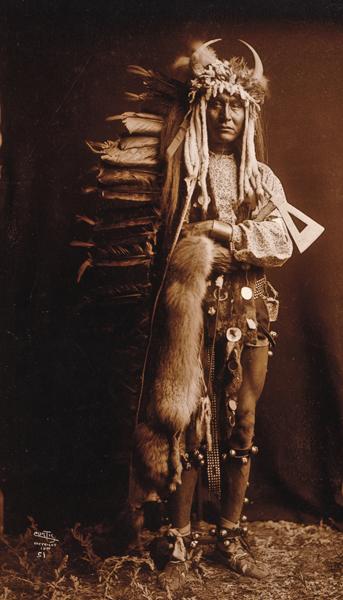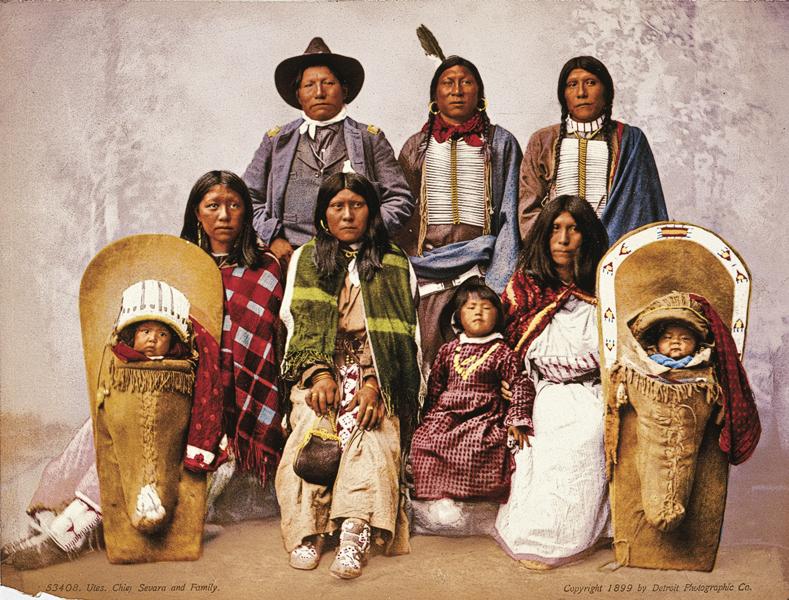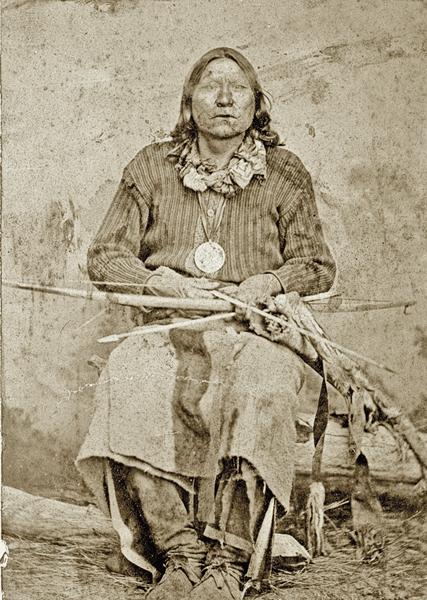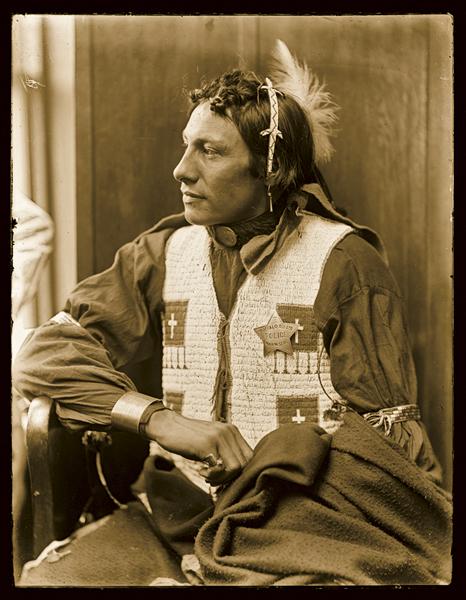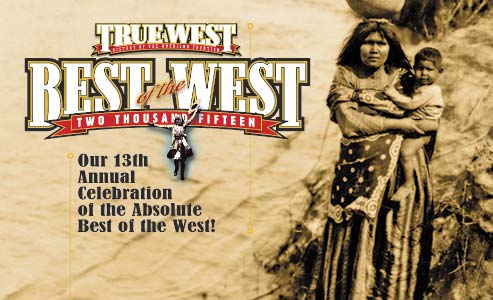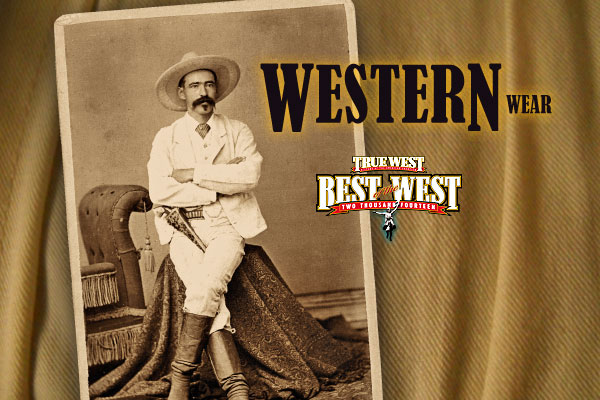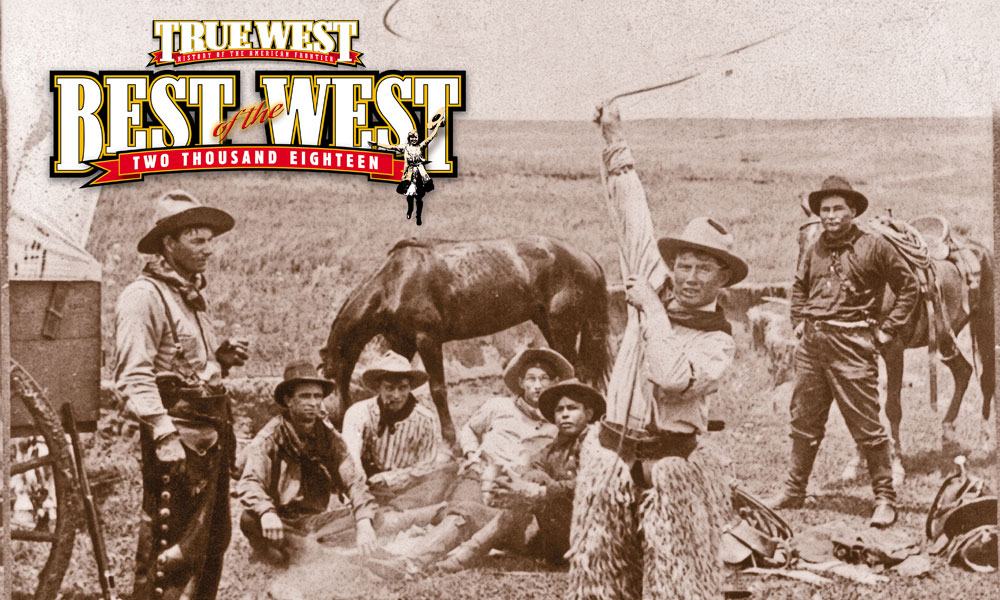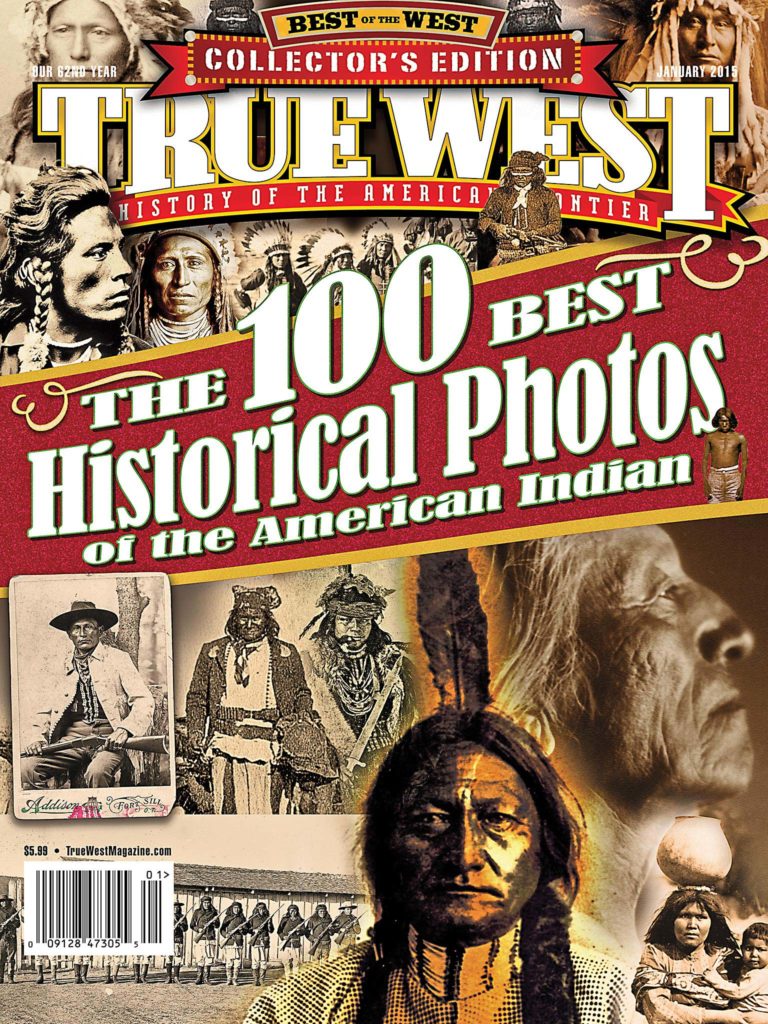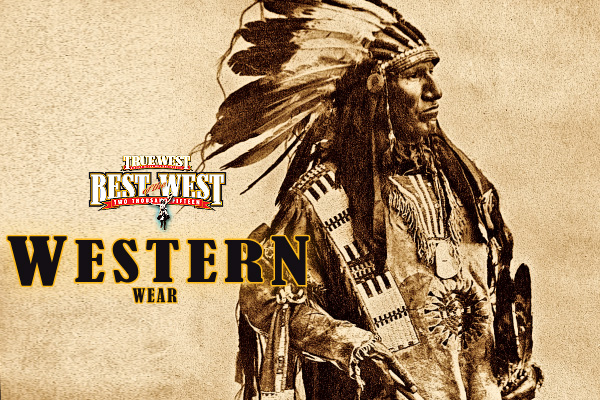 John B. Stetson set up shop in 1865 in Philadelphia and began selling his “Boss of the Plains” Stetson hat he had invented while living out West, recovering from tuberculosis. Stetson’s American cowboy hat is among the iconic brands that define Western wear—from jeans and boots to men’s and women’s fashion influenced by the crossroads of European and American Indian cultures that continue to influence our idea of the real and imagined West. Today, entrepreneurs and artisans across the United States are selling and crafting traditional, modern and classic Western gear for today’s cowboys and cowgirls ready for practical and fashionable use, just like those first owners of John B. Stetson’s originals 150 years ago.
John B. Stetson set up shop in 1865 in Philadelphia and began selling his “Boss of the Plains” Stetson hat he had invented while living out West, recovering from tuberculosis. Stetson’s American cowboy hat is among the iconic brands that define Western wear—from jeans and boots to men’s and women’s fashion influenced by the crossroads of European and American Indian cultures that continue to influence our idea of the real and imagined West. Today, entrepreneurs and artisans across the United States are selling and crafting traditional, modern and classic Western gear for today’s cowboys and cowgirls ready for practical and fashionable use, just like those first owners of John B. Stetson’s originals 150 years ago.
***BEST OF 2015***
BEST WESTERN BOOTMAKER
Editor’s Choice: Lucchese, El Paso, TX
Reader’s Choice: Paul Bond Boots, Nogales, AZ
BEST WESTERN HATMAKER
Editor’s Choice: Catalena Hatters, Bryan, TX
Reader’s Choice: TIE: Baldwin’s Custom Hats, Sisters, OR / Knudsen Custom Hats,Pleasant Hill, CA
BEST WESTERN CLOTHING MAKER
Editor’s Choice: Miller Ranch, Denver, CO
Reader’s Choice: Wrangler, Greensboro, NC
BEST PERIOD WESTERN CLOTHING MAKER
Editor’s Choice: River Crossing, Bellvue, CO
Reader’s Choice: Recollections, Hawks, MI
Photo Gallery
At Fred T. Cummins’s Indian Congress in 1899, Lakota Chief Black Bird wears a ceremonial shirt that, to date, holds the world record for an American Indian collectible. It sold for a bid over $2.5 million at Sotheby’s New York in 2011.
– Courtesy Sotheby’s New York, May 18, 2011 –
After the 1863 establishment of a reservation for the Winnebago tribe of Nebraska, some changed with the move (Great Bear, at left), while others stayed traditional (Yellow Dog, at right). Or is that just how these Indians dressed for the studio photo? Who knows?
– True West Archives –
Iron Breast, of the Piegan tribe, wears a war bonnet, holds a tomahawk and has an animal pelt draped over his arm in this 1900 photograph by Edward S. Curtis. The Piegan territory in the Rocky Mountain region had traditionally been rich in beaver, which encouraged trade with the whites.
– Courtesy Library of Congress –
Southern Ute Chief Severo wears a U.S. Army infantry officer’s frock coat and a slouch hat, while his family wears traditional attire in this photochrom made from a negative by Charles Nast, of Denver, Colorado, circa 1885.
– Courtesy Library of Congress –
Ramona Chihuahua Daklugie, daughter of Apache Chief Chihuahua, and her mother made the beaded buckskin wedding dress she wears, a beautiful example of Apache workmanship. To appease the whites, she also held a ceremony in which she wore a silk wedding dress. But the family took care to bury her in this traditional dress that had been crafted with love and respect for the old ways.
– Courtesy Lynda A. Sánchez –
Between 1870 and 1875, William Soule photographed Kiowa Chief Satanta (White Bear) with his bow and arrow. He became famous for blowing an Army bugle to confuse Kit Carson’s troops during the First Battle of Adobe Walls in 1864.
– Courtesy Library of Congress –
Buffalo Bill Cody hired Indian police to enforce the rules over his Wild West show Indians. New York City photographer Gertrude Käsebier took this circa 1900 photo of one of the policemen wearing his star badge.
– Courtesy Library of Congress –


